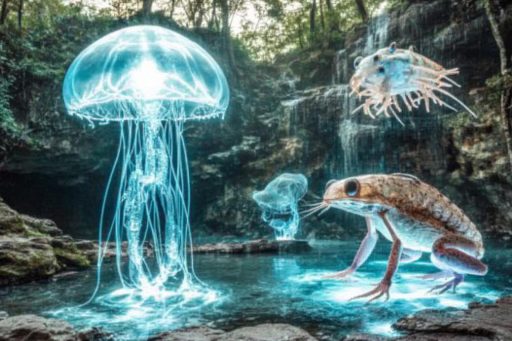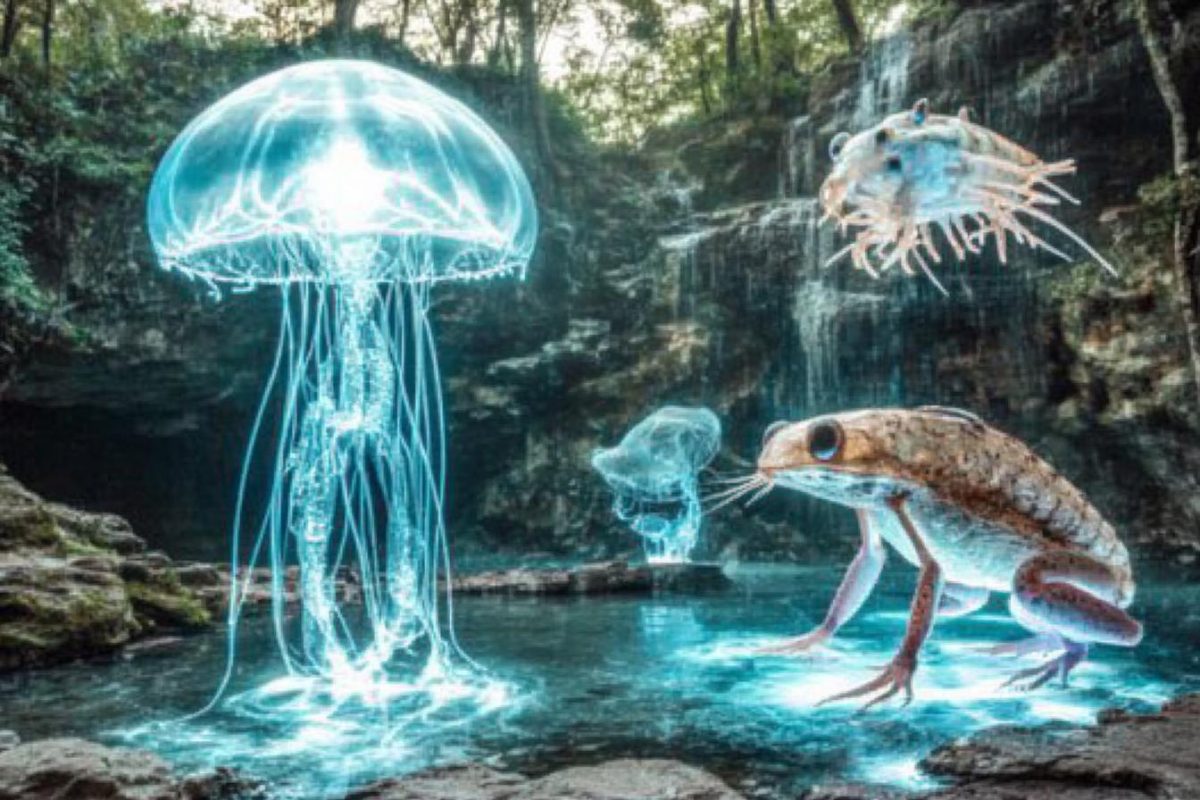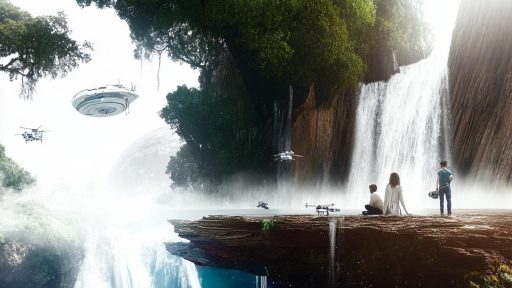
The natural world is filled with wonders, but every so often, a creature emerges that makes scientists question the very foundation of biology. These lifeforms don’t just push the boundaries—they obliterate them. From animals that can survive in the vacuum of space to those that regenerate like something out of science fiction, these beings challenge our understanding of life itself. Prepare to meet creatures that seem to follow rules written by a very different playbook.
The Immortal Jellyfish (Turritopsis dohrnii)

This tiny jellyfish has baffled scientists with its apparent ability to live forever. When threatened or injured, it can revert to its juvenile form and start its life cycle all over again—potentially indefinitely. It’s not just a rare trait—it completely defies what we understand about aging and mortality. In a world where every organism eventually dies, this creature simply hits reset.
The Axolotl

Unlike most creatures, the axolotl retains its larval features throughout its life in a phenomenon called neoteny. But what really shatters logic is its ability to regenerate entire limbs, spinal cords, even parts of its brain—without scarring. Scientists are still trying to understand how this strange salamander accomplishes such feats. It’s like a real-life science experiment that nature perfected first.
The Tardigrade

Also known as water bears, tardigrades can survive the most extreme conditions known to science—boiling heat, freezing cold, crushing pressure, radiation, and even outer space. They do this by essentially suspending their metabolism and entering a state of cryptobiosis. They’ve returned from space missions alive and well, leaving researchers wondering if life on Earth even started here. These microscopic creatures might be the ultimate survivors of the universe.
The Mantis Shrimp

This alien-looking crustacean has eyes that perceive colors beyond human comprehension and punches that generate cavitation bubbles hotter than the surface of the sun. Its strike can shatter glass and is among the fastest movements in the animal kingdom. Its biology is so advanced, it’s inspiring military-grade armor design. The mantis shrimp is not just strange—it’s a living weapon designed by evolution.
The Platypus

With a duck bill, beaver tail, and venomous spur, the platypus seems like a creature built from leftover parts. It lays eggs but produces milk, and its genome is a genetic jigsaw puzzle combining bird, reptile, and mammal traits. When first discovered, scientists thought it was a hoax. It continues to be a biological oddity that defies classification.
The Glass Frog

Native to Central and South America, this frog’s translucent skin makes its internal organs visible. You can literally watch its heart beat and its digestive system work in real time. How and why this evolutionary trait developed is still debated. It’s like nature decided to create its own biology exhibit—inside the body of a living amphibian.
The Sea Spider

Unlike most arthropods, sea spiders pump their blood using their guts. With long, spindly legs and barely any body mass, they seem like something out of a horror story. Some deep-sea varieties grow to dinner-plate size due to deep-ocean gigantism. They’re not spiders in the traditional sense, but they’re among the strangest marine creatures alive.
The Leafy Seadragon

Camouflaged to look exactly like drifting seaweed, this relative of the seahorse is a master of disguise. Its leaf-like appendages help it avoid predators in kelp forests. But its method of reproduction—where males carry and birth the young—adds another layer of evolutionary strangeness. It’s a real creature that feels entirely like a fantasy illustration come to life.
The Saiga Antelope

The saiga’s bulbous, trunk-like nose isn’t just for show—it acts as a natural filtration system and air cooler. Adapted to the harsh climates of the Eurasian steppe, it filters dust in summer and warms frigid air in winter. Its prehistoric appearance and unique respiratory biology baffle researchers. This antelope looks like it stepped right out of an Ice Age cave painting.
The Venus Flytrap

This carnivorous plant behaves more like an animal than a vegetable, snapping shut in milliseconds to trap insects. It detects prey through tiny trigger hairs and can even count how many times they’ve been touched before closing. Despite lacking a nervous system, it makes decisions based on stimuli. It redefines the line between plant and predator.
Creatures from a Rulebook We Don’t Yet Understand

Each of these living anomalies stretches the definition of what life can be. They don’t just challenge what we thought we knew—they dare us to imagine a biology beyond our understanding. If these beings exist on Earth, what unimaginable forms might await discovery in the depths of our oceans, the canopies of untouched forests, or the far reaches of the cosmos? Biology, it turns out, may just be getting started.





